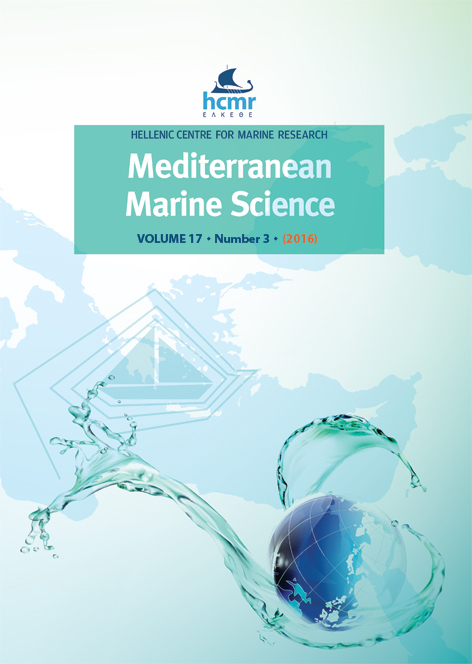European anchovy (Engraulis encrasicolus) age structure and growth rate in two contrasted areas of the Mediterranean Sea: the paradox of faster growth in oligotrophic seas

Abstract
Fishery production is highly dependent on fish growth and environmental factors; primary production and temperature are the two most important variables affecting almost all biological rates, especially individual growth or population production rate. The growth of European anchovy, Engraulis encrasicolus, was compared between two populations inhabiting different ecosystems: the Tyrrhenian Sea, characterized by riverine inputs and the Strait of Sicily, an oligotrophic area. The effects of habitat conditions on growth was also evaluated using literature data on other of European anchovy populations. Water temperature was confirmed to be a determinant factor for anchovy growth at the species level positively affecting the length at age-1. On the contrary, a negative relationship was found between chlorophyll-a and the length at age-1. These findings suggested that size at age-1 is strongly dependent on habitat conditions. The age structure differed significantly between the two populations, with the Tyrrhenian stock dominated by age-1 fish.
Article Details
- How to Cite
-
BASILONE, G., MANGANO, S., PULIZZI, M., FONTANA, I., GIACALONE, G., FERRERI, R., GARGANO, A., ARONICA, S., BARRA, M., GENOVESE, S., RUMOLO, P., MAZZOLA, S., & BONANNO, A. (2018). European anchovy (Engraulis encrasicolus) age structure and growth rate in two contrasted areas of the Mediterranean Sea: the paradox of faster growth in oligotrophic seas. Mediterranean Marine Science, 18(3), 504–516. https://doi.org/10.12681/mms.2059
- Issue
- Vol. 18 No. 3 (2017)
- Section
- Research Article
Authors who publish with this journal agree to the following terms:
- Authors retain copyright and grant the journal right of first publication with the work simultaneously licensed under a Creative Commons Attribution Non-Commercial License that allows others to share the work with an acknowledgement of the work's authorship and initial publication in this journal.
- Authors are able to enter into separate, additional contractual arrangements for the non-exclusive distribution of the journal's published version of the work (e.g. post it to an institutional repository or publish it in a book), with an acknowledgement of its initial publication in this journal.
- Authors are permitted and encouraged to post their work online (preferably in institutional repositories or on their website) prior to and during the submission process, as it can lead to productive exchanges, as well as earlier and greater citation of published work (See The Effect of Open Access).





